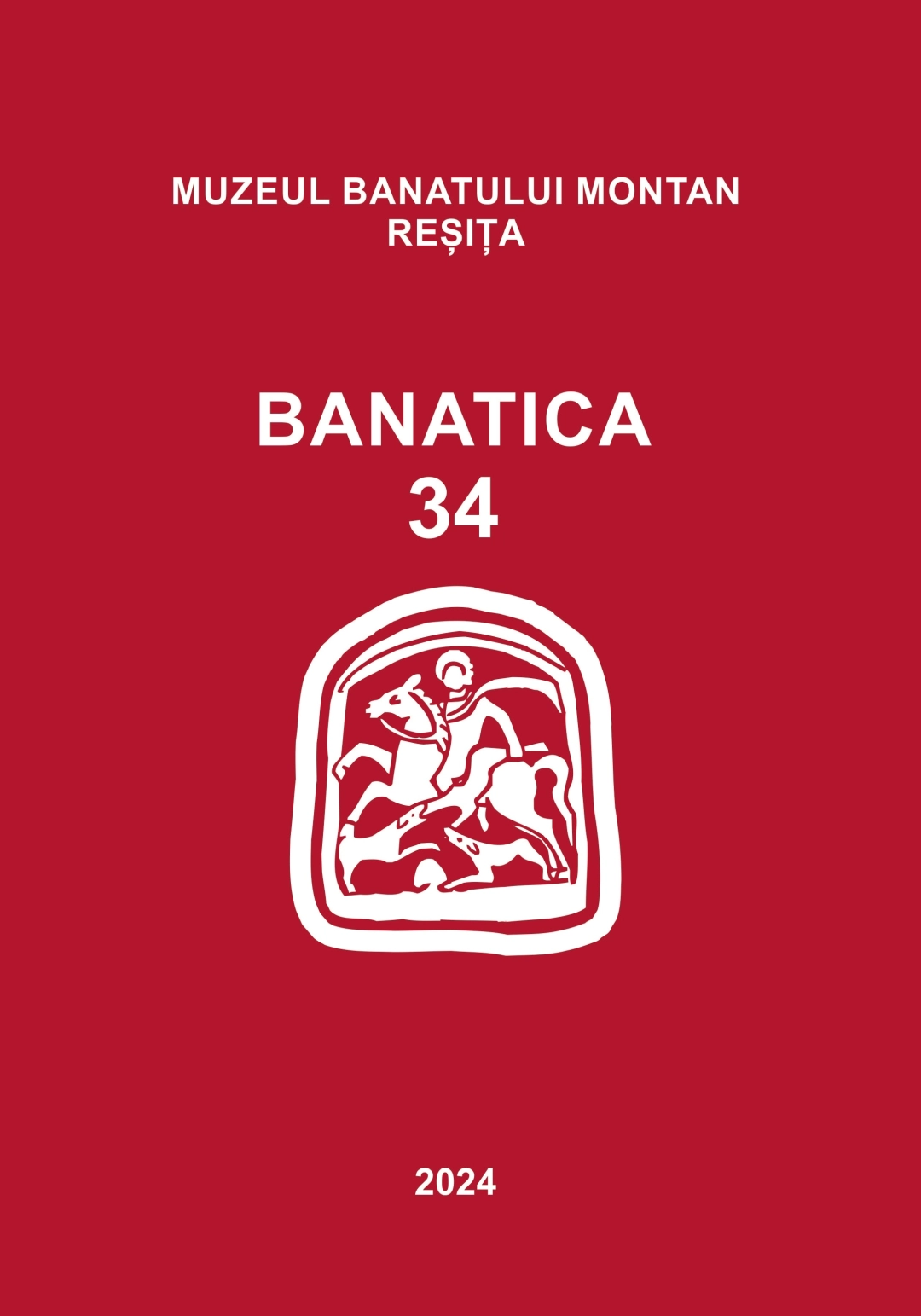Changes in the Palatinal jurisdiction in the territories of the Transylvanian Voivode, the Ban of Slavonia and the Ban of Mačva in the early 14th century
Changes in the Palatinal jurisdiction in the territories of the Transylvanian Voivode, the Ban of Slavonia and the Ban of Mačva in the early 14th century
Author(s): Tibor SzőcsSubject(s): History, Local History / Microhistory, Middle Ages, 13th to 14th Centuries
Published by: Editura Mega Print SRL
Keywords: palatine; voivode of Transylvania; ban of Slavonia; ban of Mačva; generalis congregatio;
Summary/Abstract: The national jurisdiction of the palatine did not extend to the territories ruled by the Transylvanian voivode and the Slavonic ban, where the voivode and the ban also supervised the middle-level (county) administration. There were, however, some peripheral areas on the borders of the Transylvanian Voivodeship and the Banate of Slavonia, where the question of jurisdiction changed during the 13th and 14th centuries. In addition, a separate system was formed by the (re)organisation of the Banate of Mačva around 1320. On the side of the Transylvanian Voivodeship, the medieval counties of Solnok and Krasna are considered such a border zone. Although the title of count of Solnok was merged with that of the Transylvanian voivode in 1262 at the latest, the voivode initially exercised only county-level, i.e. intermediate-level power, and it was only in the 1320s that Solnok County came under a higher degree of voivodeal authority. In the case of Krasna County, this process took place even later, only in the 16th century, when it was integrated into Transylvania. In Slavonia, the northern border was the river Drava, and thus the political term “beyond the Drava” meant the jurisdiction of the Slavonic Ban. Apart from a few exceptional cases, the palatine did not interfere in the Ban’s territory and did not judge in matters beyond the Drava. However, from the 14th century onwards, there are indications that the county of Požega, beyond the river Drava, did come under the jurisdiction of the palatine. To the east, the situation is different in the counties of the Banate of Mačva. King Charles I added five counties to the jurisdiction of the ban of Mačva: Valko, Bodrog, Srim, Baranya, and then Bács. Although in the 14th century, the title of count of these counties was held by the respective ban of Mačva, they were also controlled at a higher level by the palatine. The powers of the ban of Mačva over the counties were only count-powers, and did not reach the level of the Slavonic ban or the Transylvanian voivode, who governed the counties under their jurisdiction in their own right and appointed their counts. In these counties, the ban of Mačva himself was the middle-level leader, the count, and the palatine also had influence at a higher level over the counties.
Journal: BANATICA
- Issue Year: 1/2024
- Issue No: 34
- Page Range: 197-218
- Page Count: 22
- Language: English

